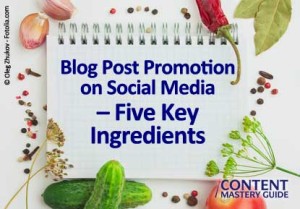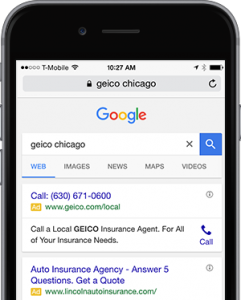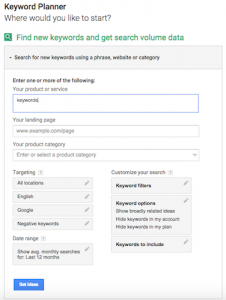February 9, 2015

© Oleg Zhukov – Fotolia.com
Sadly, readers probably aren’t visiting your blog several times a day to check for something new. You can use email to reach your audience, but what about those people who haven’t subscribed? Or those who haven’t yet discovered you?
Social media may be your answer. People are always searching for and sharing content that answers a question, solves a problem, or provides a few minutes of welcome distraction.
When someone finds, reads and shares your post, this can create or deepen a trusting relationship with that reader. As long as your blog has a clear strategy to expand on that relationship, that is how blogging leads to business.
An equally important benefit of promoting your blog posts on social media is that it gives your colleagues and fans a quick and simple way to share your content with their own networks.
Here are five key ingredients that will help you promote your posts effectively on social media:
An enticing invitation to read your post
Let the prospective reader know the benefits they’ll find by clicking through to read your articles. Will your post educate, enlighten, inspire or entertain? Provide a compelling hint or quote from your post, or ask a question that brings them into the conversation.
Separate messages for each social media site
Every social network has its own culture, common practices, and restrictions. A Twitter post, for example, cannot exceed 140 characters (and it’s best to go even shorter to give people room for comments).
That means if you automatically copy your Facebook posts to Twitter, they will probably be cut off partway and won’t make much sense to your Twitter followers.
I strongly recommend not automatically posting the same message to all sites, but if you can really only write one message, make sure it’s short enough for Twitter. And don’t use any hashtags or usernames that won’t translate to the other sites.
Permalink
Every blog post has a unique permanent link (URL, or web address), which is different from the main link to your site or blog. Be sure this is what you use in social media posts (as well as email messages).
For example:
- WRONG LINK: http://www.contentmasteryguide.com
- WRONG LINK: http://www.contentmasteryguide.com/blog
- RIGHT LINK: http://www.contentmasteryguide.com/2015/01/blogging-marketing-business.html
Related hashtags
These are words you can add to your messages on Twitter, Facebook and Google+, along with the # sign, e.g., #blogging. Using hashtags can help new people discover you and your content.
Search each hashtag before using to make sure it’s relevant, and then include 1-3 hashtags per message.
Usernames for tagging
Tagging people (adding their username to your message) sends them a direct notification, unless they’ve chosen to block them. Tag anyone you’ve mentioned in your post, to credit them for their ideas and show your appreciation. In return, they just may share your post with their audience.
Note that tagging works differently on each network (on LinkedIn, for example, you can only tag your connections). That is why you can’t use tagging if you automatically post the same messages across all of your networks (see #2).
Want an easy way to remember to gather these details for every blog post you write? Create a repeatable template that will prompt you to fill in the specifics – here is the publishing and promotion template I use myself.
(300)







